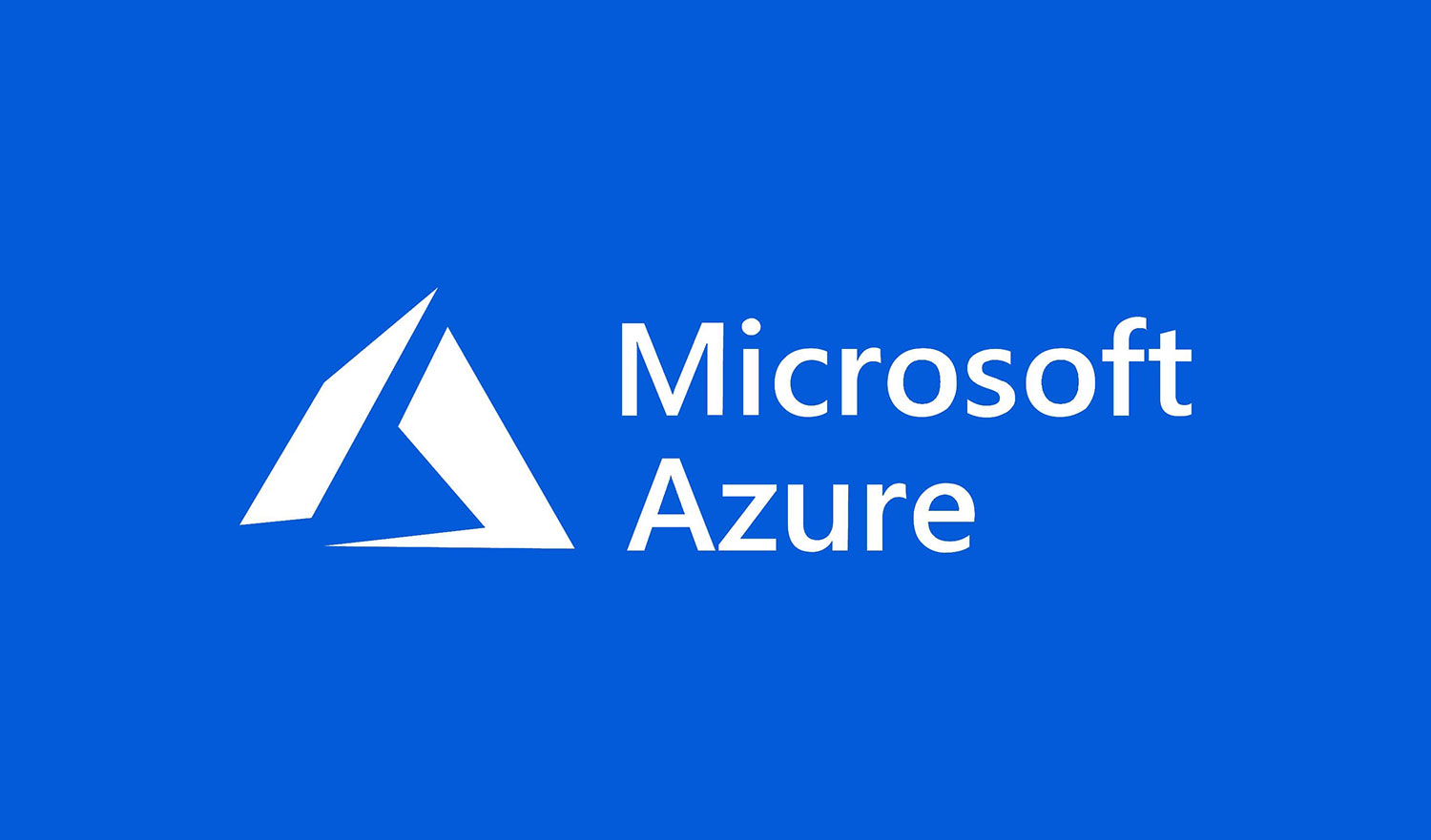Microsoft has unveiled its latest tool for AI video development, the video playground in Azure AI Foundry, featuring the debut of the Sora model from Azure OpenAI.
This platform is tailored for developers aiming to prototype and validate video generation use cases without needing to commit to infrastructure or frameworks upfront.
Built as a controlled environment, the video playground enables testing of prompt structures, generation parameters, and model consistency.
“Video playground enhances your planning and experimentation so you can iterate faster, de-risk your workflows, and ship with confidence,” said Thasmika Gokal, Product Manager II, Azure AI Foundry.
Rapid Prototyping with Sora from Azure OpenAI
The Sora model Azure OpenAI’s video generation engine is integrated directly into the playground and is accessible via a dedicated API.
Developers can explore Sora within the playground and then transition seamlessly to scaled development using the same API in Visual Studio Code.
The environment supports experimentation with generation controls such as aspect ratio, resolution, and video duration.
Users can test different prompt variants side by side using a grid view and access pre-built prompts curated by Microsoft to explore diverse use cases.
Each configuration reflects the actual Sora API, ensuring that what works in the playground works identically in production code.
Features Designed for Enterprise-Ready Experimentation
Video playground includes multi-lingual code export (Python, JavaScript, GO, cURL), enabling users to port their prompt settings and outputs into production codebases effortlessly. Additional features include:
- Model-specific generation controls to test prompt responsiveness.
- Pre-built prompts tab with 9 curated videos to spark development ideas.
- Visual output comparison tools to evaluate prompt or parameter variations.
- Azure AI Content Safety integration, ensuring harmful or unsafe videos are filtered automatically.
Microsoft emphasizes that this setup removes the need for developers to manage localhost configurations, dependency conflicts, or version compatibility issues.
What to Test in the Video Playground Environment
As developers prepare their production pipelines, Microsoft outlines several dimensions to assess during prototyping:
- Prompt-to-Motion Translation: Determine if the video logically aligns with the described scene.
- Frame Consistency: Assess for jitter, object stability, and coherent transitions.
- Scene Control: Test the model’s ability to handle scene composition, subject behavior, and camera angles.
- Timing & Length: Experiment with the pacing and prompt structure's impact on output duration.
- Multimodal Input Integration: Evaluate performance with reference images, pose data, or voiceovers.
- Post-Processing Needs: Consider fidelity levels before additional editing.
- Latency & Performance: Compare generation times and performance for 5s vs. 15s clips.
“Run Sora and other models at scale using Azure AI Foundry—no infrastructure needed,” Microsoft states in its promotional materials.
Getting Started with Azure AI Foundry and Sora
To use Sora in the video playground, users must:
- Sign in or register on Azure AI Foundry.
- Create a Foundry Hub or Project.
- Deploy Sora from the Model Catalog or within the video playground.
- Iterate over prompts and generation controls.
- Transition to scaled development using the Sora API in Visual Studio Code.
Developers can access related resources, including SDK downloads, documentation, learning courses, and community channels via GitHub and Discord.
PHOTO: MICROSOFT
This article was created with AI assistance.
Read More






 Sunday, 02-11-25
Sunday, 02-11-25







